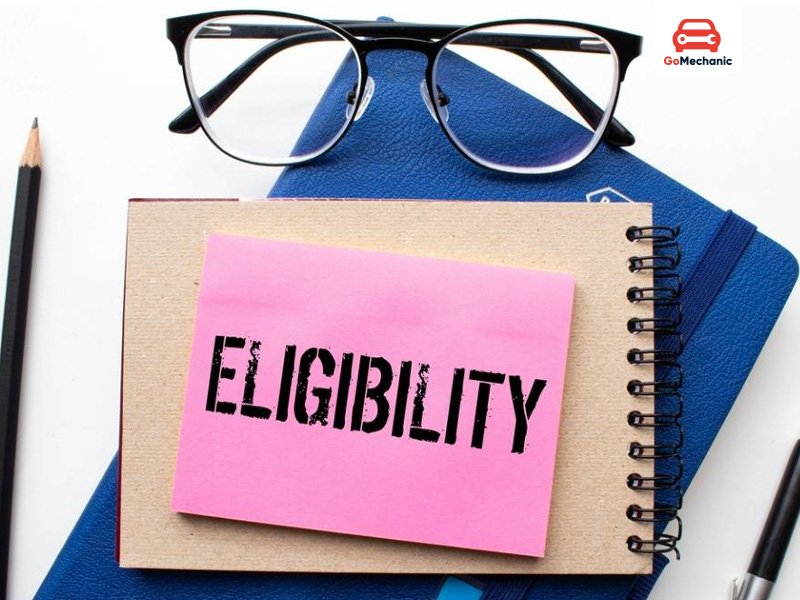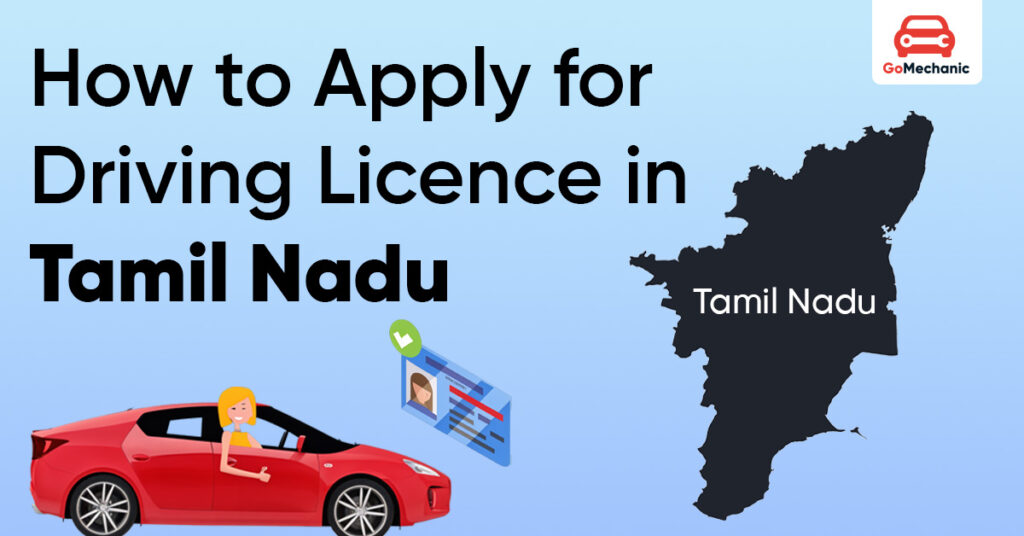Every vehicle on the road must follow one rule—no movement without a valid driving licence. It’s more than a document. It is an authorisation, issued by the Government of India, that permits individuals to operate motor vehicles legally. Behind this official mandate lies a broader objective: to regulate traffic efficiently and reduce the risk of accidents by ensuring that only eligible and trained individuals are allowed behind the wheel.
India’s vehicular ecosystem is vast and diverse, and so are its licensing categories. From two-wheelers to commercial trucks, every vehicle type is governed by its own set of regulatory and safety standards. That means one-size-fits-all doesn’t apply here. Instead, every aspiring driver must undergo a dedicated test tailored to the vehicle class they seek to operate—only after passing which, the licence is granted.
Interestingly, India holds the distinction of having the world’s highest number of two-wheeler licence holders, and Tamil Nadu alone contributes a considerable percentage to that number. Add to that a rapidly growing population of four-wheeler users, and the demand on Regional Transport Offices (RTOs) in the state becomes evident. With RTOs managing a heavy daily load, precision and preparedness can make the difference between swift approval and frustrating delays.
Read this blog and we will walk you through everything you need to know. From the types of licences available, to the application process, required documents, associated fees, and more—it’s all here, simplified and structured for you to navigate with ease.
Also Read: Driving Licence in Haryana: Online and Offline Process
Types of Driving Licenses in Tamil Nadu
Tamil Nadu is a large state, and their transport and commuting requirements are huge as well. The state offers a wide range of licenses to manage their needs. Also, there are a few prerequisites to obtaining a valid license. For example, if you are looking for a two-wheeler license you must be 16 years old to get it, whereas to drive a four-wheeler legally, you should be 18 years or older.
Below we have discussed the types of driver’s licenses in Tamil Nadu
- Learner’s License (LL): A Learner’s license is a document that allows a user to learn to drive and appear for their test to get a permanent license. However, it is issued only for a limited span of 6 months.
- Permanent Driving License (DL): A permanent driving license is a category where you get your license after passing your test. It is issued for vehicles with non-commercial purposes.
- Commercial Driving License: It is required for drivers who drive buses, taxis, or trucks involved in transportation purposes.
- International Driving Permit (IDP): With the help of an International driving permit, one can get the right to drive vehicles internationally. All the above licenses allow you to drive vehicles only in India.
How to Apply for Driving Licence in Tamil Nadu
To apply for a driver’s license in Tamil Nadu, you just need to follow some basic procedures. Everything can be done online, and you don’t need to visit the RTO to obtain your license. Below, we have explained the process you can follow to become eligible to drive vehicles:
- Visit the official website of Sarthi Parivahan
- On the homepage, you find an option for license registration, tap on that and choose your state form there.
- From there apply for the driver’s license of your choice and carefully fill in all the necessary details.
- After uploading all the documents and completing the procedure.
- Once you are done uploading documents, you will get an option to choose a slot for a test.
- Proceed to the next page and complete the payment.
- You get a payment receipt and a confirmation letter containing important details.
- Visit RTO on the designated date, and give your test. Make sure you don’t fail the test if you do not want any delays.
You can also Visit RTO and fill out form 4 to apply for a driving license if you are someone who doesn’t want to sit at home.
Check Out: How to Register for a Driving Licence in Maharashtra: The Online and Offline Process
Eligibility and documents required
To be eligible for a driving licence in Tamil Nadu, you must hold a valid learner’s licence and apply within 30 to 180 days of its issuance. The minimum age requirement for two-wheeler and private vehicle licences is 18 years. For commercial licences, the applicant must be at least 20 years old. Additionally, all candidates must be familiar with Tamil Nadu’s traffic rules and regulations.

If you fulfil all eligibility criteria, ensure that you have all the necessary documents without any discrepancies in them. There are a few documents that are compulsory to apply for a driver’s license. You must have valid address proof(Passport, Aadhar card, electricity bill, Voter ID), valid age proof(educational certificate, Aadhar card, or birth certificate), original learner’s license and 3 passport-size photographs.
Driving Licence Fees in Tamil Nadu: A Quick Overview
Below, we have provided a tabular format for driving license fees in Tamil Nadu

| Service Type | Fee (in Rs.) |
| Learner License Application | 150 |
| Learner License Test | 50 |
| Permanent Driving License Issuance | 200 |
| Licence Renewal | 200 |
| International driving permit Issuance | 1000 |
| Commercial License Issuance | 800-1100 |
Read More: How to Register for a Driving Licence in Odisha: Online and Offline Process
Conclusion
In a busy state like Tamil Nadu, where every other lane has a two-wheeler and every road feels like a mini expressway, having a proper driving licence isn’t just about formality—it’s about staying on the right side of the law and making sure you’re safe out there. Whether it’s a learner’s licence or a commercial one, each has its own rulebook—but everything is manageable if you plan it right.
More importantly, don’t rush. One small mistake—like missing a document or skipping the eligibility timeline—and you might have to do the whole thing again. So, read carefully, as getting your licence in Tamil Nadu is straightforward, as long as you stay patient, stay alert, and stay prepared.
FAQs
- What is the age requirement to apply for a driving license in Tamil Nadu?
If you’re looking to legally drive a two-wheeler or a private car in Tamil Nadu, you need to be at least 18 years old. Commercial vehicles demand more from you—not just in terms of handling but age too. For those, the requirement stands at 20.
- Do I need a learner’s licence before applying for a permanent driving license?
Yes, because it is to test your ability to drive on the road. You will get a window of 30 to 180 days to learn to drive and appear for a test. Without a learner’s license, you are not allowed to learn to drive.
- What documents are required to apply for a driving license in Tamil Nadu?
Below are the documents you’ll need:
- A valid learner’s licence
- Proof of where you live (Aadhaar, passport, or anything official with your name on it)
- Proof of how old you are (birth certificate or a school certificate, sometimes both)
- And yes, three passport-sized photographs
- Just ensure everything is clear, and updated.
- Are there any rules about knowing traffic laws before applying?
Of course there are. You’re about to share the road with thousands of other people—each with their own idea of “safe driving.” Knowing Tamil Nadu’s road rules isn’t just a formality; it’s survival. It helps you pass the test, yes. But more than that, it helps you not end up in a situation you’ll regret. Know the rules. Respect them.
- What happens if I miss the 180-day deadline after getting my learner’s license?
The learner’s licence quietly expires, and you’re left with regret and paperwork. You’ll have to begin again—apply for a new learner’s licence, wait, test, and repeat the process. So, don’t delay. Mark the date, circle it, and set a reminder. Because once 180 days pass, you’re no longer halfway there—you’re back at the beginning.

